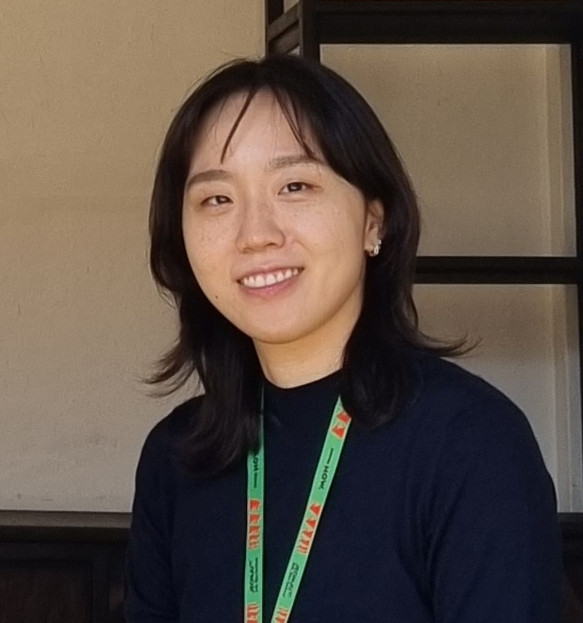

2024 Oscars Short Film Contenders: ‘Epicenter’ Director Heeyoon Hahm
Welcome to Cartoon Brew’s series of spotlights focusing on the animated shorts that have qualified for the 2024 Oscars. There are several ways a film can earn eligibility. With these profiles, we’ll be focusing on films that have done so by winning an Oscar-qualifying award at an Oscar-qualifying festival.
Today’s short is the Korean film Epicenter by Heeyoon Hahm, which earned its qualification by winning the Bruce Corwin Award for an animated short at the Santa Barbara International Film Festival.
In the black-and-white short, an old man dreams about the Bukhansan Mountain covered in snow while a young woman tracks the peak’s growth after an earthquake. Slowly, fantasy and reality collide, exposing a previously invisible universe.
Cartoon Brew: The illustrations in Epicenter are hyper-realistic, especially compared to those in your previous film Memory Theater . Why did you add so much detail to this film, and is it something you’d like to continue doing with your future work?

Heeyoon Hahm: Epicenter delves into the realms between reality and fantasy, exploring the subtle extraordinariness embedded in our daily lives. Recognizing the need for a realistic portrayal to unveil these nuances, I meticulously incorporated numerous details into the illustration. The genesis of Epicenter lies in a contemplative fusion of various artistic genres — film, painting, and animation. I aspired to seamlessly amalgamate the realism of cinema, the stillness of painting, and the imaginative possibilities of animation within a singular piece. To emulate the authentic experience of watching a film, considerable effort was devoted to refining every intricate detail. I am currently working on my next project, which continues to embrace the same realistic painting style, although I am not sure whether I will use the same technique in future works.
What was it about this story or concept that connected with you and compelled you to direct the film?
During my undergraduate studies, I majored in printmaking. Later, I developed an interest in animation, and this interest culminated in the creation of Memory Theater as my graduation project. Subsequently, I opted for a change in major, transitioning to animation in my graduate studies. The exploration of limits and boundaries within diverse art forms, spanning painting, film, and animation, has remained a constant theme of intrigue. Epicenter is a product of my efforts to break boundaries and integrate elements from various genres. This project marked the inception of my career as an animation director.
What did you learn through the experience of making this film, either production-wise, filmmaking-wise, creatively, or about the subject matter?
I came to understand that meaning seeks to manifest itself through its creator. An idea reveals itself through an artist as a conduit and a vehicle. Epicenter taught me a lesson in the passive nature of creation. I absorbed this idea and deeply contemplated its implications throughout the process of crafting the animation.
Can you describe how you developed your visual approach to the film? Why did you settle on this style/technique?
On a personal level, I find myself more captivated by the artistry of slow yet subtle movements rather than quick and fleeting touches. With Epicenter, I intended to create a work that deeply resonates with viewers through this deliberate and nuanced approach. I felt compelled to infuse each frame with a sense of delicacy and refinement to convey a lasting impression. The medium of a pencil appealed to me for its ability to create such detailed drawings. The subtle, rhythmic sound of the pencil as it gradually builds up volume on the paper provided enjoyment on its own. Moreover, I appreciate the inherent simplicity of the pencil as a tool.




